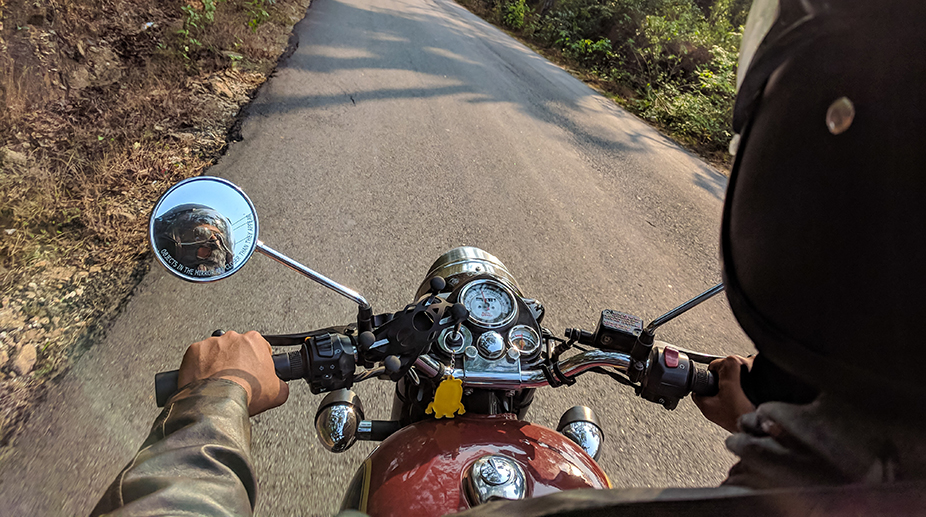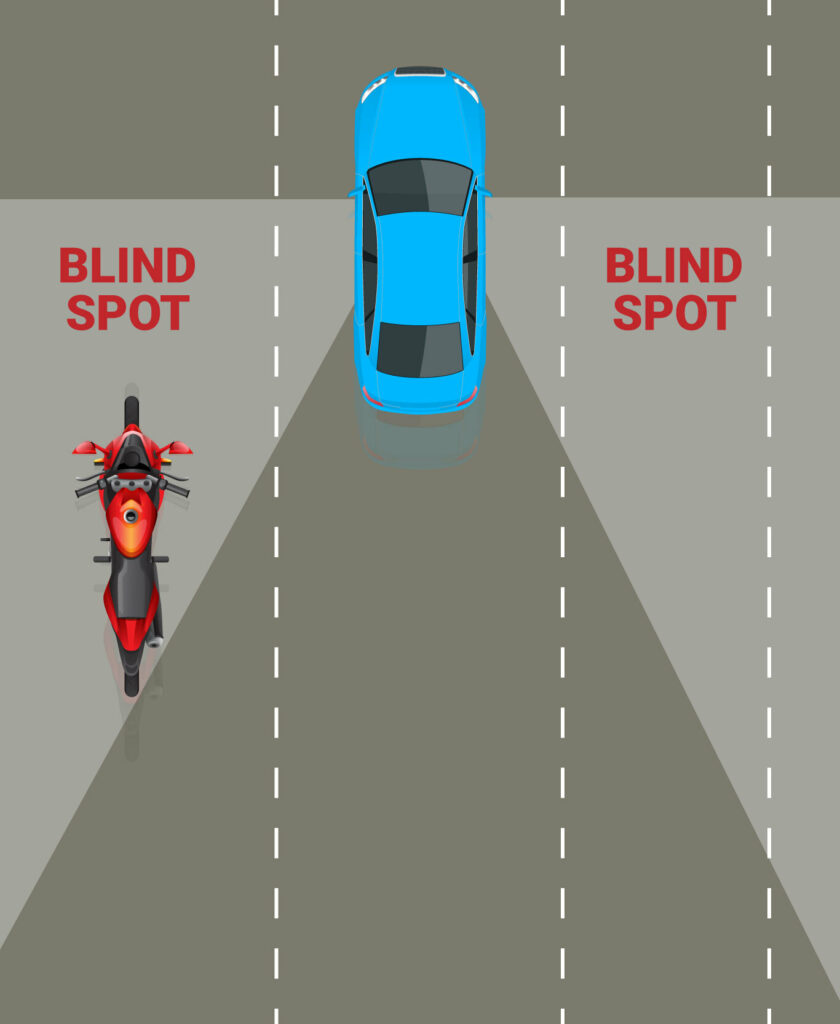
Watch Out Motorcycle Riders: What to Look out for When Riding a Bike!
Motorcycle riders need to remain proactive and defensive as being smaller in size means you are less visible to the four-wheeled vehicles. According to a report released by TRIP in 2003, travel within the 45000 miles of interstate highway has increased by 37 percent between 1991 to 2001, and will further increase by 42 percent in the next two decades, making roadways highly overcrowded places. Due to such tough situations, you must be visible to others and maintain a fair distance from other vehicles while you ride. In addition to being visible by using bright clothing and reflective surfaces, you also need to make your intentions clear to others through a timely usage of brakes and indicators, etc.
Motorcycle Riders: Tips For Increasing Visibility
Most states require motorcycle headlights to be switched on even when you ride in the daylight. All motorcycles sold in the US since 1979 have headlights that are turned on when the ignition is on, which supports this law and makes motorcycle riders more visible during the daytime hours. So, enhance your visibility and communication by using your headlight, maintaining your lane position, using turn signals and mirrors while maneuvering, and making sure to switch turn signals off when you have completed your maneuver. Use flash brake lights before you actually apply the brake to make yourself conspicuous to the traffic behind you. Using a horn to prevent a dangerous situation is effective, but don’t always rely on your horn and slow down your speed in such a situation to avoid a motorcycle accident.

In addition to being seen, motorcycle riders also need to be able to see everything around them while they drive. Lack of visibility is one of the most common causes of motorcycle accidents. Seeing includes noticing and scanning 360 degrees around by keeping your eyes moving to remain aware of the whole situation. Your goal is to scan 12 seconds ahead of you to analyze the area that you will cover in the next 12 seconds. Similarly, scanning 4 seconds ahead of you lets you respond immediately to your surroundings. Also, be aware of the environment you are passing through, like objects on the roadside and roadway, trees, trash bins, and more. Keep checking your mirrors to remain aware of all movements around you and check your blind spots by rotating your head left and after every few seconds. Pay your utmost attention to the animals or children on the roadside as they are always unpredictable.
To understand your sight, let’s split it into two distinct fields: central and peripheral. Central vision is the vision of something you are actually looking at, and it covers only up to three degrees that you are also using to read this page. While peripheral vision is the vision of everything beyond the three-degree central vision. Although you don’t directly focus on the peripheral vision, you become instantly aware of any emergency situation occurring in your peripheral vision.
In that way, you need to filter all important data in your surroundings without being distracted by any unimportant factor. Getting distracted by such factors can cause a causality as everything happens very quickly when you ride. So, keep your eyes moving around your central vision by not losing your initial focus. Vision researchers at Ohio State University have developed an eye-movement recording system that discovered that novice drivers get distracted by unimportant factors frequently. But experienced drivers can split their attention between the immediate lane position and the surroundings in their peripheral vision.
Injured In A Motorcycle Accident?
If you or a loved one has been injured in a motorcycle accident, contact us right away. Here at Miley Legal Group, we help motorcycle riders and passengers get the compensation they deserve if they have been injured in an accident.
Source: Motorcycle Safety Foundation’s Motorcycling Excellence 2nd Edition

